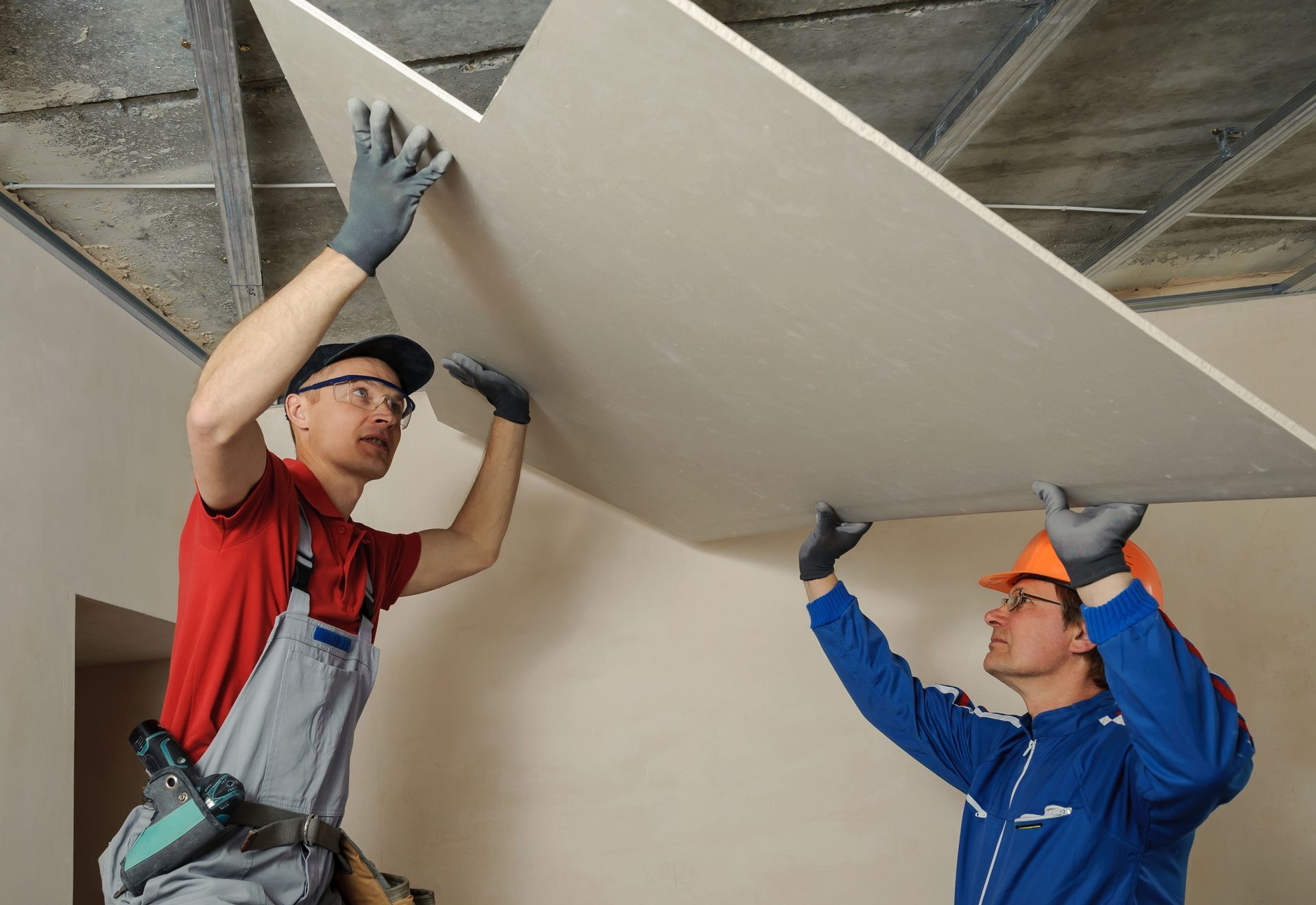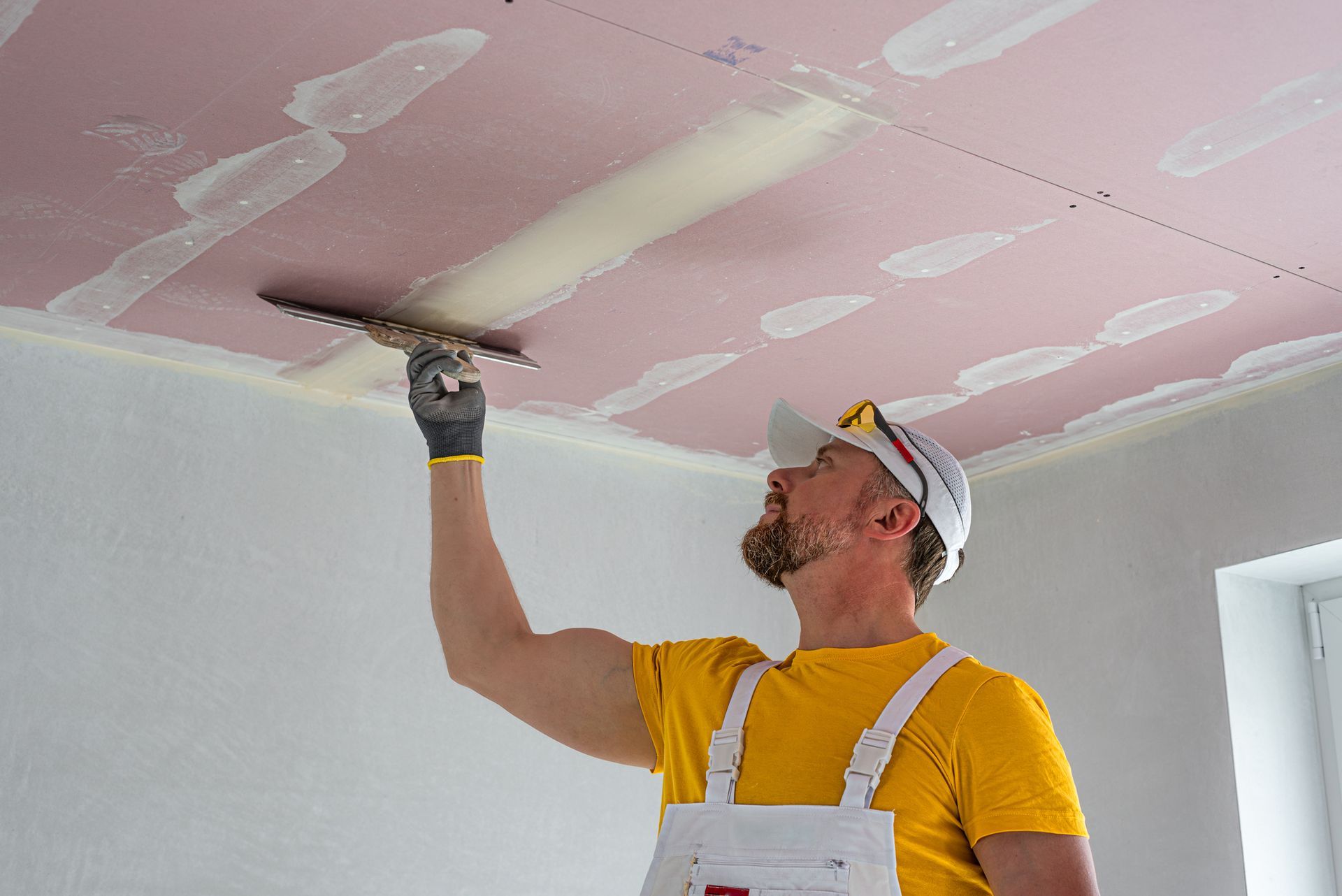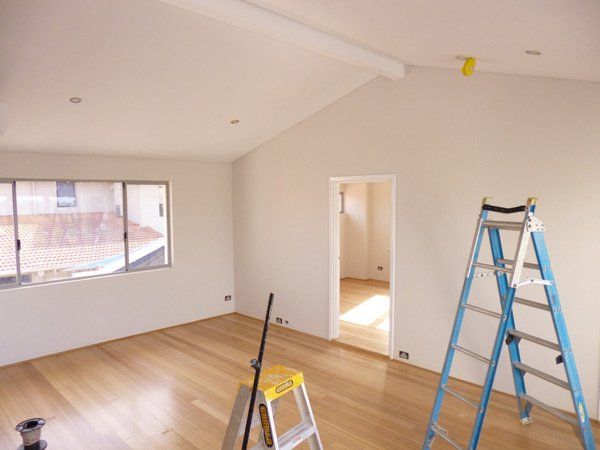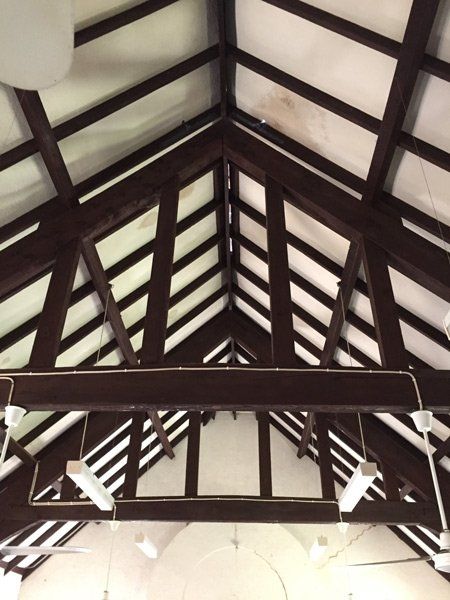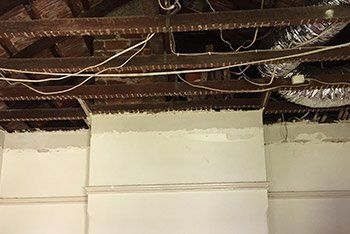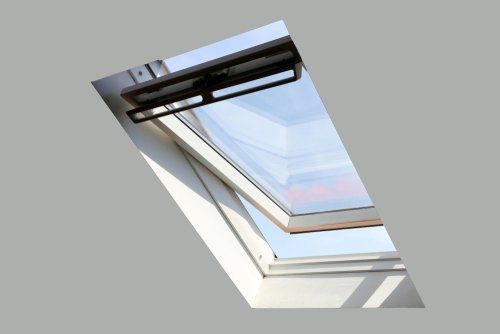How to Fix Cracks in Your Ceiling
websitebuilder • April 14, 2020
How to Fix Cracks in Your Ceiling
If you look up at your ceiling and notice any cracks, you may be wondering whether they can be fixed, and if they are a sign of more serious structural damage. The answer to these questions depends on a variety of factors, and if you are unsure of the process, a qualified ceiling fixer will be able to advise you on the right course of action.
To get you started, here are the basics of ceiling cracks:
What Causes Cracks in Your Ceiling?
There are a range of issues which could cause ceilings to crack, and some are more serious than others. Often, we see water damage occurring from a build up of moisture and this can lead to cracks and a sagging ceiling. If this is the case, simply repairing the cracks won’t be enough, as this is a problem which will need to be rectified before it causes long term damage or ceiling collapse.
Mould and pests can be unfortunate side effects of water damage and fixing this may take a multipronged attack. Other causes of ceiling cracks may include structural damage, poor workmanship, ground movement, or the settling of a new home (usually accompanied by wall cracks). Older homes are prone to general wear and tear and will be more likely to have visible lines showing.
Signs to Look Out For
The first step is to determine whether the problem is superficial or something more serious. Some of the warning signs to look out for which might accompany cracking include:
- Loud cracking noises
- Sagging of the plasterboard
- Plasterboard sheeting falling, pulling or dropping
- The appearance of small blisters
- Discolouration
If any of these occur, it is important you consult with an expert as the sooner this problem is treated the more chance you have of repair rather than replacement. Fine, straight cracks are generally nothing to worry about and may indicate that a joint wasn’t tapered correctly. This can be disguised by using a thin layer of drywall compound to re-attach the tape.
How to Fix Superficial Ceiling Cracks
If it has been established that the cracks in your ceiling are purely cosmetic, and the cracks are not oversized, rectifying the problem involves a few key steps:
- Use a putty knife to gently scrape in the crack to create a slightly larger opening
- Gently sand around the crack before dusting with a rag
- Cover the area with jointing tape
- Fill the crack with plaster compound and flatter with a paint scraper
- Wait until the area is dry
- Lightly sand until it is smooth before dusting with a cloth
- Paint as required
Call an Expert
When it comes to repairing cracks in the ceiling, it can be a tricky process as there are ladders and tools to contend with. Often it is quicker and easier to call for help, and this is particularly true for those larger jobs.
At WA Ceiling Fixers no job is too big or too small, and we are able to repair any ceiling cracks as well as the underlying cause. If you would like to discuss your project, please contact us today. We have competitive pricing and offer a free, no obligation quote.

Your ceiling has an important role in maintaining the structure of your home, and over time it may require maintenance. There are a range of issues which can occur, some which can be fixed...and some which can’t! If you are unsure whether your ceiling can be saved or if you require a replacement, the following guide will point you in the right direction:

